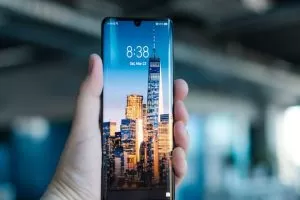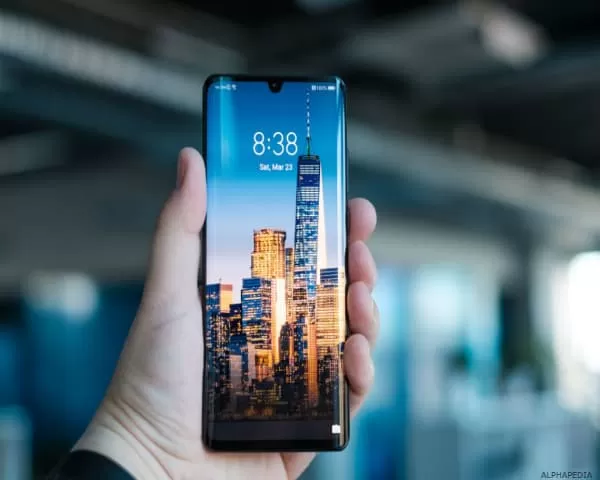Who Invented the Cell Phone ?
To get the answer to who invented the cell phone, we need to look back more than a century. Alexander Graham Bell invented the telephone in 1876. And then, in 1900, on December 23rd outside Washington, D.C., an inventor named Reginald Fessenden accomplished a remarkable feat
He made the first wireless phone call. And also the first to transmit the human voice over radio waves. Fessenden’s work paved the way for radio transmission, but also provided the basis for cell phones and networks. William Rae Young, in 1947, proposed that radio towers arranged in a hexagonal pattern should support a telephone network.
Young worked with another engineer named D.H. Ring, who led a team at Bell Labs, which was part of AT&T at the time. Young’s design allowed low-power transmitters to carry calls across the network. He also took into account transfers, which is when a caller moves from the transmitting radius of one tower to another.
But while the theory was sound, the technology to make it happen was missing. It would take more than 10 years for the next development. While the world waited for new developments in cellular technology, companies like AT&T offered some customers the opportunity to use radio phones.
These devices were very primitive compared to today’s cell phones and resembled walkie-talkie transceivers. Only a few calls could be made at a time on this system.
In the 1960s, Bell Labs engineers Richard H. Frenkiel and Joel S. Engel developed the technology that could support Young’s design of a cellular network. But when AT&T applied to the Federal Communications Commission (FCC) for permission to develop a cellular network, a competitor made a bold and brazen move in 1973.
In 1973, Motorola installed a base station to handle the first public demonstration of a phone call over a cellular network. On April 3, 1973, the inventor of the phone, Martin Cooper, brought cell phone technology to New York to demonstrate it to the reports and the public where a call was made while on Sixth Avenue.
Since then, a global telecommunications industry has emerged, along with a wide range of technologies developed for mobile phones, and mobile phone technology has come a long way. After years of development, new inventions, to what we know today as the smart phone.
In 1973, there was no Internet, digital camera or personal computer, but the cell phone. The prototype version that would become the Motorola DynaTAC 8000x weighed 2.5 pounds and had a single-line, text-only LED display.
It was a decade before Motorola’s DynaTAC finally came into the hands of the consumer. Martin Cooper, the inventor of the cell phone, was then general manager of Motorola’s Communications Systems Division. He called Joel Engel, who was the general manager of AT&T, to tell him that the race to perfect cell phone technology was over and that Motorola had won the race.
He said, “Joel, this is Marty Cooper, I’d like you to know that I’m calling you from a cell phone. On September 21, 1983, Motorola made history by producing the world’s first commercially available portable cell phone. It cost consumers $3,995 at the time.
A very important part of that first phone was, in fact, the battery, which weighed four or five times more than a full cell phone break and had a battery life of only 20 minutes. Cooper’s vision of a personal cordless handheld phone was inspired by seeing Captain Kirk using his communicator on the television show Star Trek.
He hoped that someday everyone would have their own phone. He even joked, “We actually had a joke that in the future, when you were born, you’d be assigned a phone number and if you didn’t answer, you were dead.
Martin Cooper did not think that, in about 35 years, more than half the people on Earth would have cell phones, and they would give the phones away to people for nothing. He hoped that the devices would help provide security and freedom for people.
Related Topics
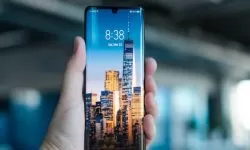
DISADVANTAGE OF USE SMARTPHONE

BEST CAMERA PHONE in 2019 and 2020

CELL PHONES FOR SENIORS

💚 WHAT IS THE CELL PHONE ? Features

CELL PHONE DEFINITION

MOBILE PHONE HISTORY
Other Products of Interest in ALPHAPEDIA

BELT BANK SANDER for WOOD and HOMEMADE

💚 TRUCK SCALE: Definition, Price and Types

WOODEN GARDEN BENCHES: Great Price on Qualified Products
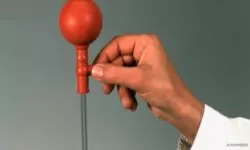
TYPES OF PROPIPETTE

WATER SANDPAPER: Types and Numbers or Measures

RICE LAKE SCALE: Prices, Reviews and Offers
Other Topics of Interest in ALPHAPEDIA

FREE LIFESAVING AND RESCUE COURSE
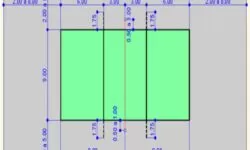
💚 VOLLEYBALL COURT DIMENSIONS

FREE ASTRONOMY COURSE

FREE MASTER DEGREE IN SUPPLY CHAIN

FREE MASTER DEGREE IN SOCIAL WORK

FREE MASTER DEGREE IN GRAPHIC DESIGN
Cell Phone Image
